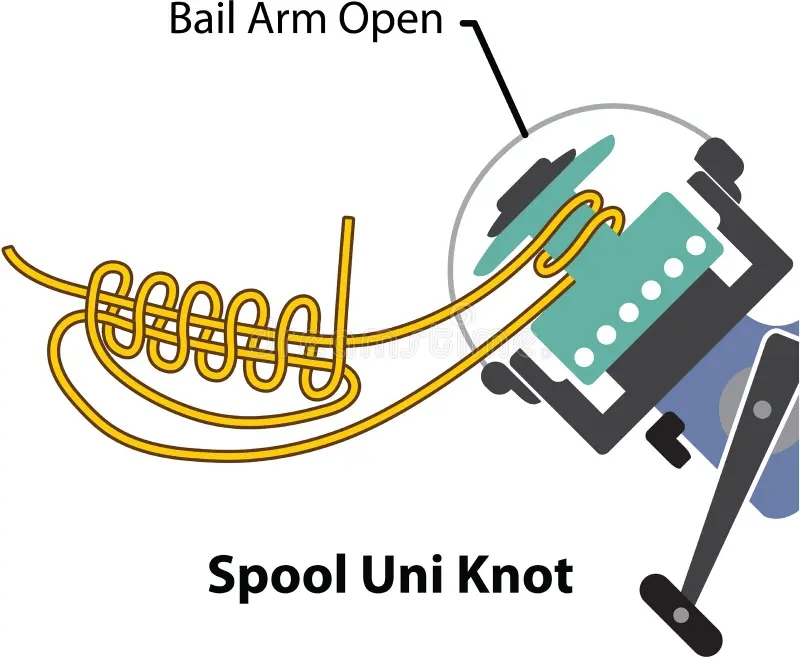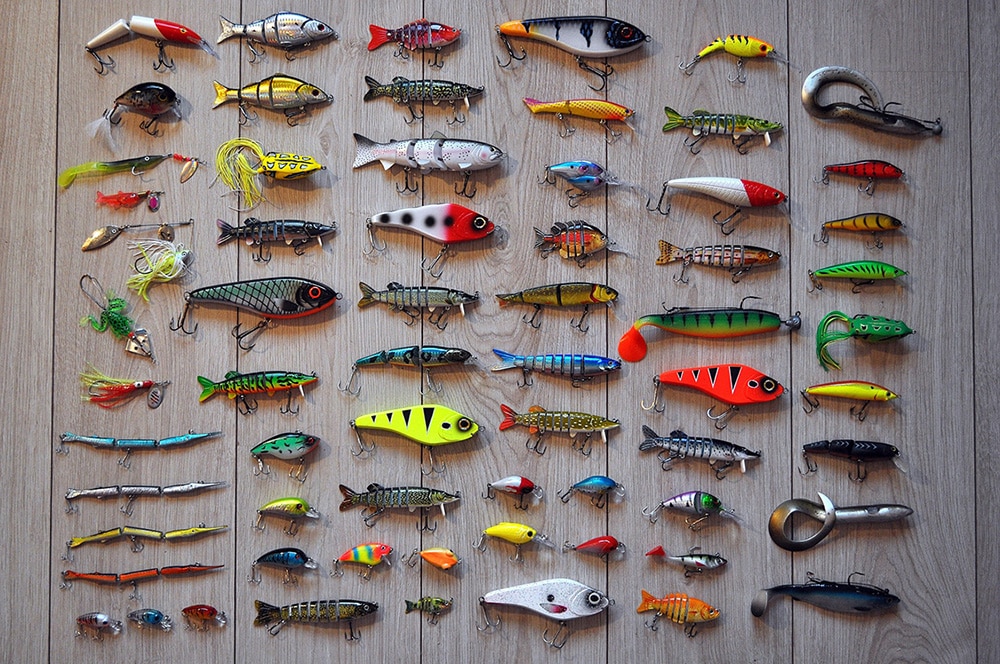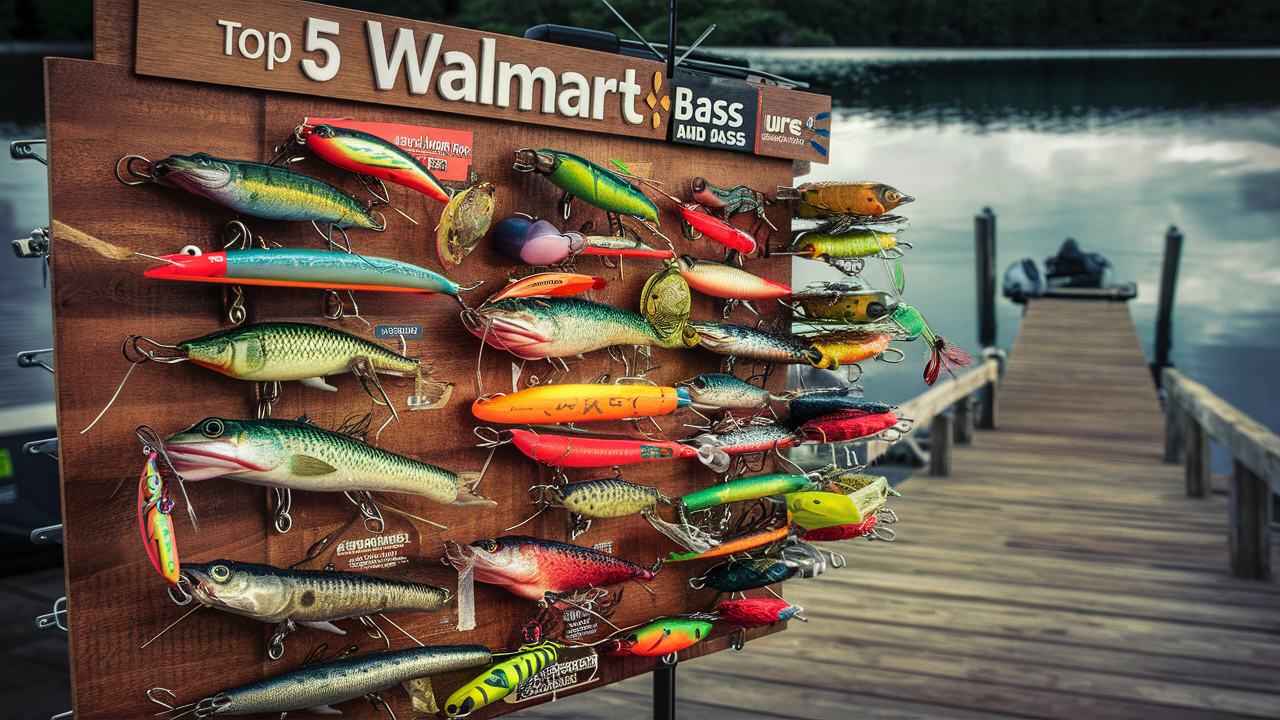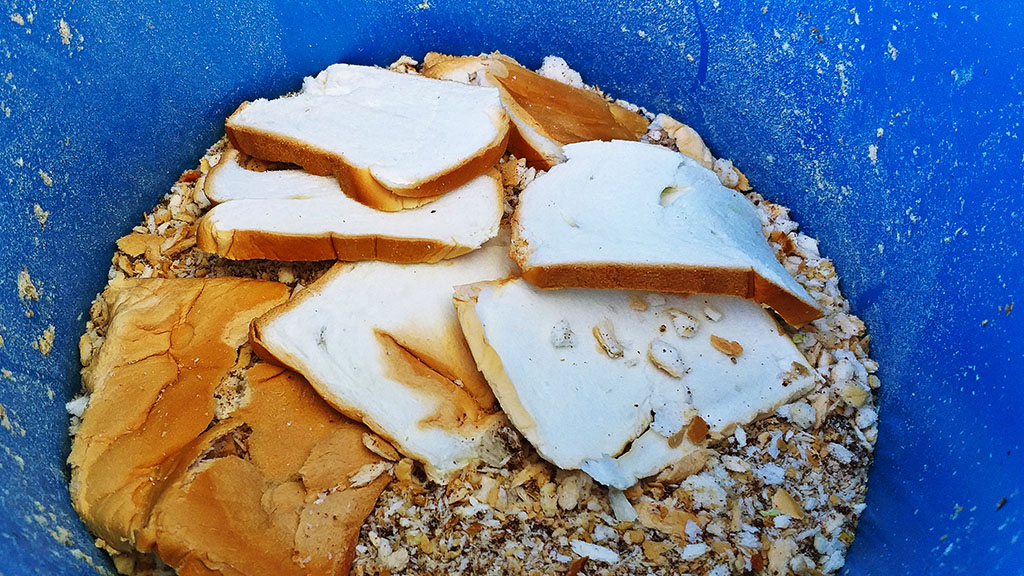
Groundbait from nothing

6 min read
Ever been there? It’s Saturday morning, you’ve driven an hour to your favorite fishing spot, and suddenly realize you forgot to pick up groundbait. The nearest tackle shop is 45 minutes back the way you came, and those fish aren’t going to wait. I’ve been in this exact situation more times than I’d like to admit.
But here’s the thing—you don’t actually need that fancy store-bought groundbait to have a successful day on the water.
Nature’s Pantry: Fishing on a Budget
Let’s be honest—commercial groundbaits can get expensive, especially the premium stuff. When I started fishing as a kid, I didn’t have two nickels to rub together. My grandfather—who could catch fish in a mud puddle during a drought—taught me that the best bait sometimes isn’t bought at all.
“The fish were here long before tackle shops,” he used to say, usually while pulling another crappie from the water using something he’d dug up or found on the shoreline.
So what can you use when you’ve got nothing? Turns out, quite a lot.
The Kitchen Cupboard Connection
Your kitchen is secretly a groundbait factory. Don’t believe me? Let me show you what I mean.
Bread is the universal starting point. That half-stale loaf that nobody wants to eat? Perfect. Tear it into chunks, add a little water, and mash it up. What you’ve got is a simple but effective groundbait that works especially well for carp and other bottom feeders. The beauty of bread is that you can adjust the consistency—make it sticky for forming balls that sink slowly, or looser to create a cloud of particles in the water.
One summer morning at Lake Carson, I watched a tournament angler pull in fish after fish while everyone else struggled. Later, he showed me his secret—breadcrumbs mixed with a little vegetable oil and canned corn juice. Nothing fancy, just kitchen basics that cost pennies.
The Cereal Solution
Cereal—especially the plain, unsweetened kinds like bran flakes or corn flakes—makes fantastic groundbait. It absorbs water quickly, breaks down at a nice pace, and fish love it. I keep a ziplock bag of crushed cereal in my tackle box for emergencies.
My fishing buddy Mike swears by oatmeal. “Regular, instant, steel-cut—doesn’t matter,” he says. “Mix it with a little creek water, let it sit for five minutes, and you’ve got groundbait that pulls panfish like a magnet.” He’s not wrong.
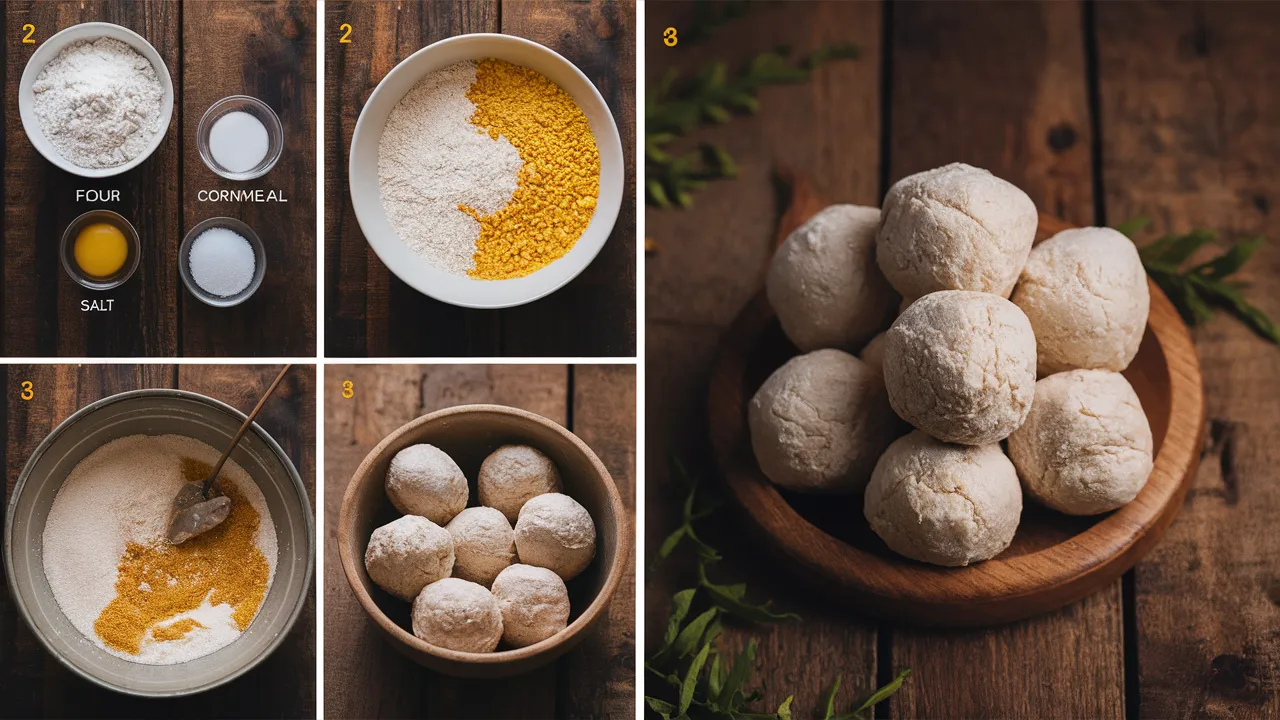
For a more substantial mix, try adding:
- A handful of birdseed (seriously!)
- Crushed crackers or stale chips
- Leftover rice or pasta
- A spoonful of peanut butter (the oils create an attractive slick)
That last one might sound strange, but the protein and fat content drives certain species wild. Just use it sparingly—a little goes a long way.
Mother Nature’s Mix
Sometimes the best groundbait is literally right under your feet. When I forget my bait (which happens more than my wife would like), I’ve developed a system I call the “five-minute forage.”
Start by digging up a handful of soil near the water’s edge. This local dirt contains natural scents and organisms that the resident fish are already accustomed to. Mix in whatever organic material you can find nearby—grass, leaves, aquatic vegetation, even crushed berries when in season.
I was fishing with my son last year when we ran out of our prepared groundbait. We scraped together some mud, mixed in some cattail fluff and crushed up some wild berries growing nearby. That improvised mix brought in a school of bluegill that kept us busy for hours.
The Insect Attraction
Fish are hardwired to respond to insect activity. If you’re in a pinch, try turning over a few rocks near the shoreline. The small invertebrates you’ll find—worms, grubs, aquatic insects—can be crushed up and mixed with soil or sand to create a high-protein groundbait that mimics a natural food bonanza.
Just remember, in some places there are regulations about disturbing the shoreline, so check local rules before you start flipping rocks.
From Your Tackle Box to Groundbait
Your tackle box probably contains potential groundbait ingredients right now. Those broken soft plastic lures? Chop them into tiny pieces and mix them in with some natural materials. They’ll release scent slowly and create visual interest in the water.
Old, dried-out corn or power bait that’s been in your box forever? Crush it up and mix it in. Even that half-packet of hot chocolate mix that somehow ended up in your gear can add sweetness and color to a DIY groundbait mix.
The Secret Sauce Method
Sometimes what makes groundbait irresistible isn’t the bulk material but what you add to it. I call these additions “secret sauce”—small amounts of potent attractants that supercharge whatever base you’re using.
Canned tuna oil (the stuff you normally drain down the sink) is fishing gold. A tablespoon mixed into your bread mash creates an oil slick that can draw fish from surprising distances. The same goes for the juice from canned corn, the oil from a tin of sardines, or even the flavored powder from a packet of ramen noodles.
I once watched my uncle—the best channel cat fisherman I’ve ever known—crush a few cloves of garlic into his homemade groundbait. “Cats can detect this from a quarter mile away,” he insisted. Judging by his success that day, I’m inclined to believe him.
Putting It Together: The Emergency Groundbait Formula
Over the years, I’ve developed what I call my “emergency groundbait formula”—a flexible approach that works with whatever you have available:
- Find a base material (bread, cereal, soil, sand)
- Add texture variation (crushed leaves, grass, birdseed)
- Include something with scent (oils, foods, natural materials)
- Bind it together (water, egg if you have it, sticky foods)
- Adjust consistency based on current and depth
The ratio is roughly 70% base, 20% texture elements, and 10% scent attractants. But honestly, I rarely measure—fishing is more art than science sometimes.
Beyond Desperation: When DIY Becomes First Choice
Here’s what’s funny—these “emergency” solutions have become my preferred approach in many situations. There’s something satisfying about creating effective groundbait from materials at hand, and I’ve found that these natural and household concoctions often outperform commercial products.
The Ethical Angle
One last thing worth mentioning—homemade groundbaits tend to be more environmentally friendly than some commercial options. They break down naturally, don’t contain artificial preservatives, and often use materials that would otherwise go to waste.
When I take young anglers out, I make a point of teaching them how to create their own groundbait. It connects them to the full experience of fishing and instills a sense of resourcefulness that serves them well beyond the shoreline.
Go Forth and Create
Next time you find yourself standing by the water without groundbait, don’t pack up and head home. Look around. Check your pockets, your tackle box, and the shoreline. The ingredients for success are probably within arm’s reach.
Note, fish were biting long before fancy groundbaits came in vacuum-sealed packages. There’s a certain satisfaction in catching fish with something you’ve cobbled together from nothing—a connection to the resourceful anglers who came before us.
And who knows? You might just discover your new secret weapon. I’ve got a tournament coming up next month, and despite having access to every commercial groundbait on the market, I’ll be using my homemade mix. Why change what works?
Tight lines, and happy foraging!
